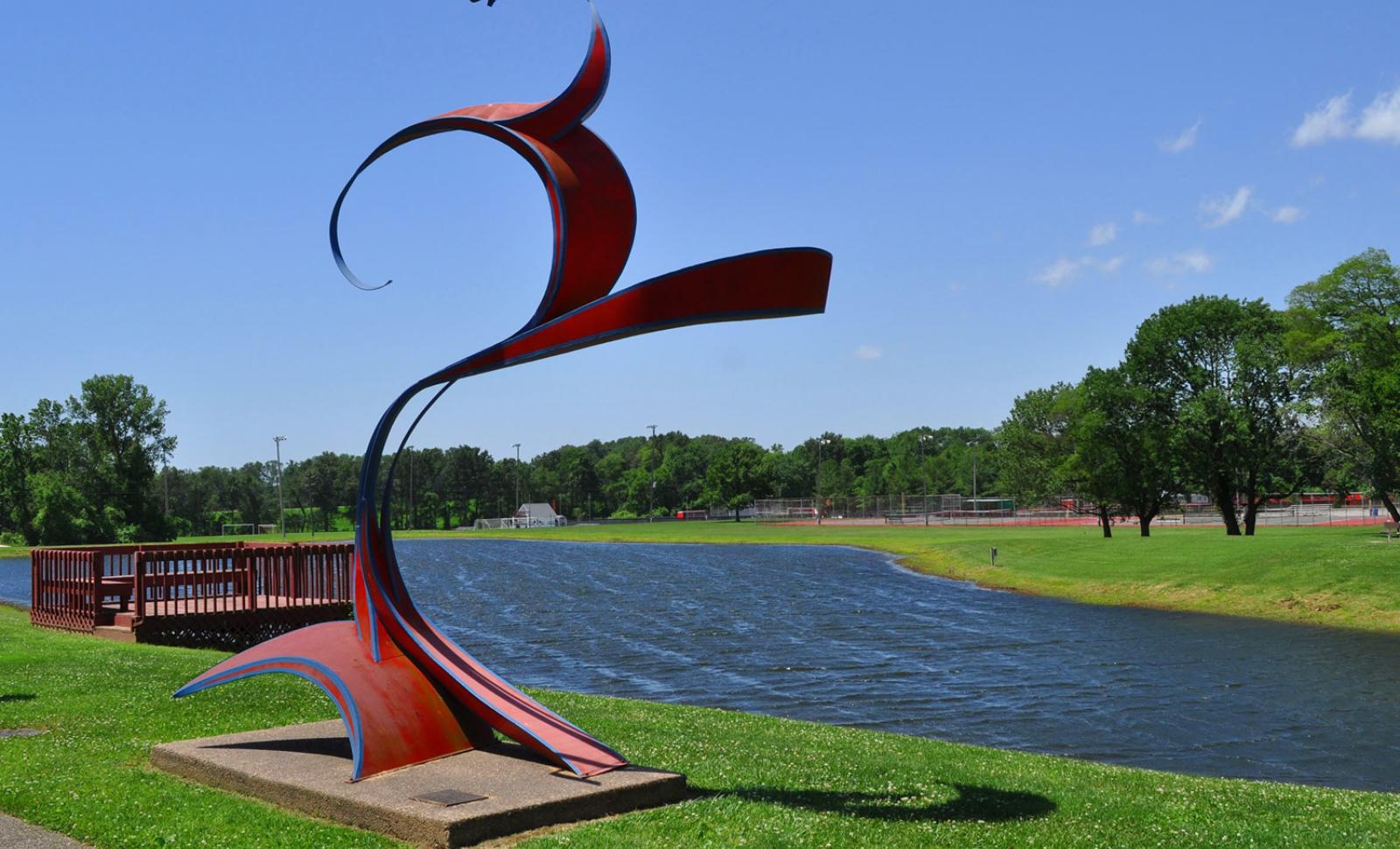Let me tell you something about poker tournaments in the Philippines that might surprise you - winning them has less to do with the cards you're dealt and more with how you shape the playing field around you. I've been playing in Manila's tournament circuit for over seven years now, and the champions I've observed don't just play their cards - they sculpt the entire game environment much like how players manipulate terrain in mining games. Remember those crystalline doodads in Mario Odyssey that rewarded clever platforming? In poker, your rewards come from carefully navigating psychological landscapes rather than physical ones.
The Philippines has become Asia's poker hub with over 120 major tournaments annually, including the prestigious APT Philippines series that regularly attracts 800-1,200 participants. What most newcomers fail to understand is that tournament poker here isn't about waiting for premium hands - it's about creating opportunities through strategic positioning and reading opponents. I learned this the hard way during my first major tournament at Okada Manila, where I watched a local player turn a mediocre stack into a championship win by constantly reshaping the table dynamics. He wasn't the most aggressive player, but he knew exactly when to apply pressure and when to retreat, much like the strategic digging in mining games where you need to find the right approach rather than brute-forcing your way through.
What makes Philippine tournaments particularly fascinating is the blend of playing styles you encounter. You'll have tight local players who've grown up playing pusoy dos sitting alongside loose international tourists and methodical Korean professionals. Navigating this mix requires what I call 'environmental shaping' - you need to constantly modify your strategy based on the bedrock of personalities at your table. There's an incredible satisfaction in punching through a tough table of conservative players with well-timed aggression, feeling the psychological shift ripple through the room. The controller rumble of poker comes in those moments when your bold move pays off and you can literally feel the table dynamics transform in your favor.
Bankroll management separates the tourists from the serious competitors here. I recommend having at least 100 buy-ins for any tournament level you're playing - that might sound conservative, but the variance in Philippine tournaments can be brutal. Last year during the Metro Card Club series, I witnessed a player lose 17 all-ins in a row despite being statistically favored in most. The flexibility to withstand these swings comes from proper financial planning, not just technical skill. It's about creating your own safety caverns within the volatile landscape of tournament poker.
The digital transformation has been remarkable too. During the pandemic, Philippine poker migrated online with platforms like PPPoker seeing a 340% increase in local tournament traffic. Even as live events returned, this digital foundation remained, creating what I call the 'hybrid poker professional' - players who grind online during the week and hit weekend live tournaments. I've adapted this approach myself, using online sessions to test new strategies in lower-stakes environments before implementing them in major live events. It's like having a practice mode where you can deform and reshape your strategy without real consequences.
One aspect that international players often underestimate is the climate's effect on gameplay. Manila's humidity and heat can drain your concentration faster than any bad beat. I always recommend arriving at least three days early to acclimatize - your decision-making quality drops by approximately 40% when fighting jet lag and climate adjustment simultaneously. The best players I know treat their physical preparation with the same seriousness as their strategic study, understanding that the environment extends beyond the felt table.
What many don't realize is that the real money in Philippine poker tournaments often comes from side bets and last-longer agreements rather than the official prize pool. In my experience, about 65% of professional players have some form of financial arrangement running alongside the tournament. Navigating this underground economy requires social intelligence and trust-building - skills that no poker strategy book teaches you. I learned this through embarrassing mistakes early in my career, including a situation where I accidentally backed two players against each other in the same event.
The future of Philippine poker is moving toward experience-based tournaments rather than pure competition. Resorts World Manila recently introduced what they call 'narrative tournaments' where players progress through story-driven challenges alongside the poker. It reminds me of how modern games blend traditional gameplay with environmental storytelling - you're not just accumulating chips, you're participating in a larger narrative. This approach has increased recreational player retention by what industry insiders estimate at 55-60%, creating a more sustainable ecosystem.
After all these years and approximately 230 tournaments across the archipelago, what keeps me coming back is that magical moment when the theory fades away and pure instinct takes over. It's that point in a deep tournament run when you're not consciously calculating odds anymore - you're feeling the flow of the game, reading subtle tells in how someone breathes or where their eyes flicker, and making moves that feel right in your bones. That's the crystalline doodad we're all digging for in this strange, wonderful game - not just the prize money or the trophy, but those perfect moments of flow state where you and the game become one. The Philippines, with its unique blend of competitive spirit and laid-back atmosphere, creates more of these moments than any other poker destination I've experienced.
